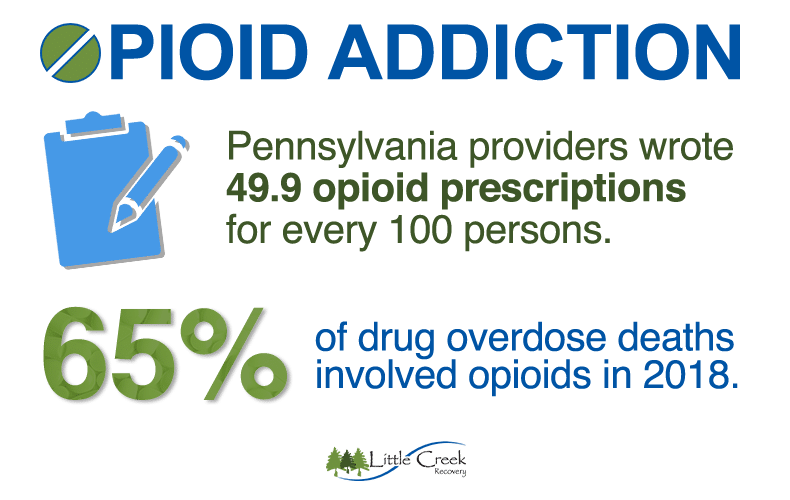Opioid Addiction Treatment
Between 2010 and 2016, the number of people who were diagnosed with an opioid addiction increased by a staggering 493%. At the same time, there was only a 65% increase in the number of people who sought and/or received opioid addiction treatment. In addition, the opioids people used and how they used them also changed – with fentanyl and polydrug use as examples. Pennsylvania opioid treatment programs adjusted, and are now more necessary than ever.
At Little Creek Recovery, we have seen first-hand the effects of the opioid epidemic. That is why we’re committed to helping young men addicted to both prescription opioids and controlled substances. If you are here, you have taken the steps necessary to work on your recovery and to seek the treatment you need to start your new, sober lifestyle. The road ahead may be difficult, but we promise you that we will face it together.
Jump to Section
What Are Opioids?
Opioids are drugs that interact with the opioid receptors in the body to relieve people of pain. Opioids can be made from the natural substance morphine, which is developed in the seed pod of different opium poppy plants. Alternatively, morphine can be made in a laboratory. Most opioids are made in laboratories so that they can be prescribed to individuals as pain relievers. People typically refer to prescription opioids when using this term, although illicit opioids for recreational use also exist.
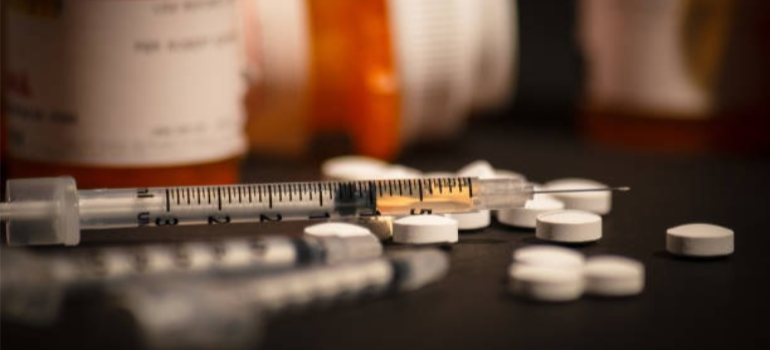
NIDA defines opioids as follows:
“Opioids are a class of drugs that include the illegal drug heroin, synthetic opioids such as fentanyl, and pain relievers available legally by prescription, such as oxycodone (OxyContin®), hydrocodone (Vicodin®), codeine, morphine, and many others.”
What’s The Difference Between Opioids And Opiates?
These two terms often see interchangeable use, but they do refer to different drugs. The typical program for opiate detox PA providers offer will treat both, but it’s vital to know the difference.
The CDC explains this difference as follows:
“Opiates refer to natural opioids such as heroin, morphine and codeine[, while] opioids refer to all natural, semisynthetic, and synthetic opioids.”
So in brief, opiates are a subcategory of opioids that only includes natural opioids. Put differently, all opiates are opioids but not all opioids are opiates.
Types of Opioids
As we’ve seen just above, opioids can come in many different forms. There are natural opioids, or opiates, and semi-synthetic and synthetic prescription opioids. In addition, there are opioid drugs made to serve medical purposes and ones that are strictly made as recreational drugs.
The most prominent ones of each type are as follows.
Common Synthetic Prescription Opioids
- Fentanyl
- Tramadol
- Methadone
Common Semi-Synthetic Prescription Opioids
- Oxycodone (Oxycontin, Percocet, Roxicodone)
- Hydrocodone-Acetaminophen (Vicodin, Lorcet, Lortab)
- Hydromorphone (Dilaudid, Exalgo, Pelladone)
- Buprenorphine (Subutex, Buprenenex, Butrans, Probuphine)
Prescription Drugs Made With Natural Opioids
- Codeine
- Morphine
Illegal Form of Opioids
- Heroin
Why Are Opioids Addictive?
Opioids are addictive because, not only do they relieve the body of pain, but they also cause the body to feel a sense of euphoria and pleasure. Due to the interactions that opioids have with the opioid receptors in the brain, people that use opioids often become dependent on the drugs to feel any sort of pleasure or euphoria at all. Withdrawal symptoms are also often severe, which is why all Pennsylvania opioid treatment programs will taper opioids instead of immediately ceasing their use.
The typical process of developing an addiction has use escalate to tolerance, dependence, and finally addiction:
- Continued use leads to tolerance, as the user’s body becomes used to the substance
- Then, Tolerance reduces the substance’s euphoric feelings, causing the user to take larger doses and causing dependence
- Finally, as the body can’t function without the substance, dependence leads to addiction and makes the user unable to quit
This is true of all opioids, as this class of drugs is highly addictive. It’s particularly true of heroin and fentanyl, as they’re key components of what the HHS has now declared an epidemic.
It manifests for both prescription drugs and illicit drugs, as well. There’s a common misconception that only illicit drugs cause addiction, but that’s very far from the truth. Prescription opioids can also lead to tolerance with prolonged use, causing individuals to need more and more of the prescription to relieve themselves of pain. Once they do, they may take more of the substance than prescribed or longer than prescribed.

Common Signs of Opioid Addiction
There are many signs of opioid addiction. Therefore, if you’re concerned that you or a loved one is suffering from an opioid addiction, you may check for the following signs:
- Spending time with new groups of people while abruptly cutting off old groups
- Going to different pharmacies to get multiple opioid prescriptions
- Losing interest in activities that one once enjoyed
- Lack of personal hygiene
- Increased tiredness
- Sleeping at odd hours
- Frequently feeling sad
- Eating more than usual
- Bouts of energy
- Rapid speech or not making sense when one speaks
- Quickly changing moods
- Not keeping up with personal responsibilities
- Getting in trouble with the law
- Financial difficulties
Common Symptoms of Opioid Addiction
Once individuals develop opioid addictions, they’ll exhibit many symptoms that are difficult to handle outside of opiate detox PA programs. Some common opioid addiction symptoms include:
- Physical agitation
- Poor decision making
- Slurred speech
- Not keeping up with daily responsibilities
- Excessive sleeping
- Mood swings
- Euphoric highs
- Irritability
- Depression
- Anxiety
- Low motivation
Signs and Symptoms of Opioid Intoxication
Some opioids are quite potent. Therefore, even the slightest misuse can lead to intoxication. Signs and symptoms of opioid intoxication include:
- Excessive drowsiness
- Constricted pupils
- Confusion
- Slurred speech
- Constipation
- Respiratory depression
- Track marks or fresh puncture wounds on the skin
- Weight loss
- Mood swings
- Frequent nosebleeds
Opioid Detox
The first step to recovery from opioid addiction comes in opioid detox, which is always best facilitated by Medically-Assisted Treatment (MAT). MAT detox is the process where addiction treatment providers offer a safe clinical environment, constant supervision, and pharmacotherapy to allow the patient to flush the addictive substance out for their body.
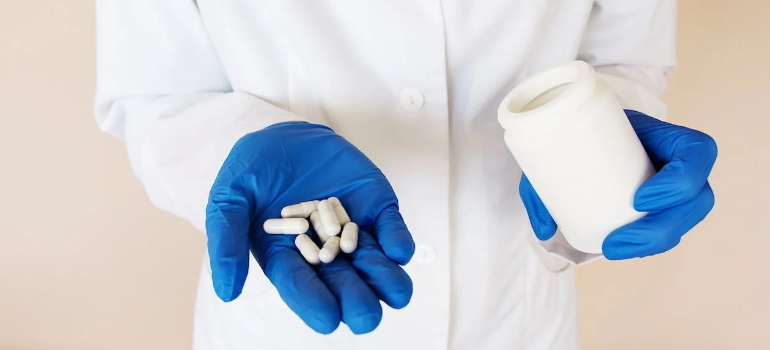
As outlined above, opioid detox must always include tapering. This process has the patient slowly decrease the amount of opioids they are consuming until they eventually stop all use. Detox is typically complete when one is no longer consuming any opioids and all of the opioids in one’s system are gone.
Should You Detox On Your Own?
Unfortunately, many opioid users attempt to detox on their own. This is a practice we strongly discourage, and must absolutely warn against. Home detox has very low success rates, comes with risks, and may endanger the user’s life. Pennsylvania opioid treatment programs offer a safe environment to do so, and they should always be the first option.
The simple reason for this comes in opioid withdrawal symptoms. These symptoms are very powerful, and often lead individuals to relapse and overdose as they seek euphoria. Even if the individual does not overdose, a failed attempt can still damage their health and discourage them from seeking help out of hopelessness.
This is why opioid detox should always take place in a professional medical detox facility. That way, the patient will always have physicians and medical staff on standby to provide emergency help whenever needed.
Opioid Withdrawal
Opioid withdrawal is the symptoms that a person that has a dependency or addiction to opioids will experience when minimizing or discontinuing his or her use of the substance. Withdrawal symptoms from opioids can be severely unpleasant. As a result, the physicians and medical staff at medical detox will provide individuals that are experiencing severe withdrawal symptoms with prescription withdrawal medication. The process of receiving prescription medication to treat withdrawals during detox, or even addiction treatment, is called medication-assisted treatment.
Common Opioid Withdrawal Symptoms
There are many opioid withdrawal symptoms. The common ones include:
- Opioid cravings
- Anxiety
- Irritability
- Insomnia
- Abdominal pain
- Vomiting
- Diarrhea
- Tremors
- Feeling cold
- Muscle aches
- Bone pain
- Severe sweating
- Agitation
- Restlessness
Opioid Addiction Treatment
With the above in mind, here we should outline the options for opioid addiction treatment available.
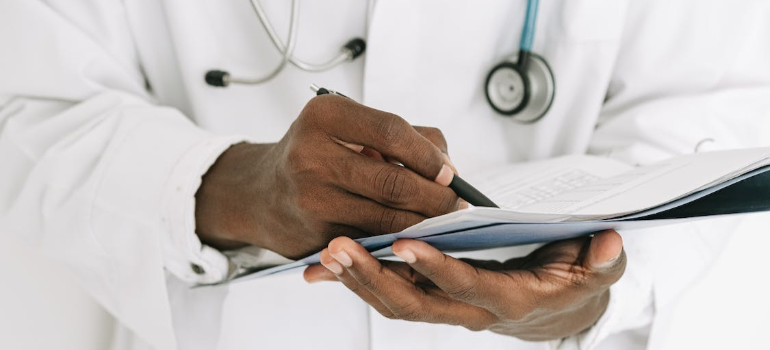
All journeys to recovery will begin with an opiate detox PA program, so that the patient safely stops using opioids. Once they do, they can then begin an appropriate treatment program depending on their addiction severity and other needs. The following are the four treatment program types fit to treat opioid addiction.
Inpatient Opioid Addiction Treatment
During standard inpatient or residential inpatient treatment for opioid addiction, individuals will live in rehab facilities while receiving 24/7 care and monitoring. Individuals that want to attend a more casual form of inpatient rehab should attend residential treatment, since residential treatment programs offer patients more free time.
This type of treatment is most suitable for severe addictions.
Partial Hospitalization Program Treatment
Outpatient addiction treatment programs don’t require their patients to live in rehab facilities while receiving care. This means that outpatient opioid addiction treatment patients will be able to live in their own homes and travel to a rehab center to receive treatment at designated times.
The most intensive form of outpatient treatment is partial hospitalization program (PHP) treatment. PHP treatment occurs five to eight hours a day, five to seven days a week.
PHP opioid addiction treatment best suits patients with moderate to severe opioid addictions.
Intensive Outpatient Program Treatment
The second most intensive form of outpatient rehab is intensive outpatient program (IOP) treatment. IOP treatment occurs a few hours a day, a few days a week. This type of treatment is often the cornerstone of Pennsylvania opioid treatment programs, since it tends to work best for many patients.
IOP programs best cater to moderate-level opioid addictions.
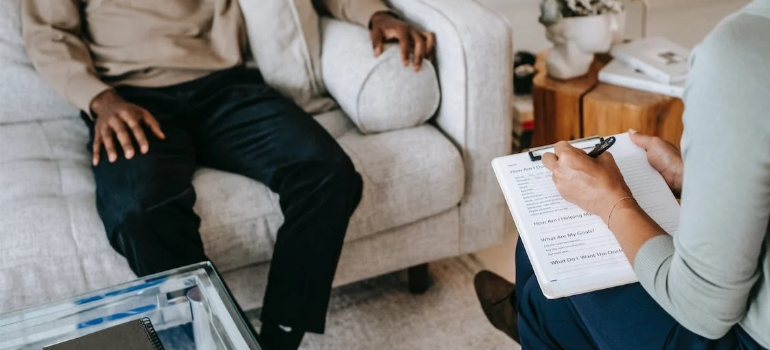
Outpatient Program Treatment
The least intense form of outpatient rehab is standard outpatient program (OP) treatment. OP treatment occurs a couple of hours a day, once or twice a week. This type of program tends to follow a more intensive form of treatment, typically a PHP or IOP, but it can also come right after detox for milder cases.
OP programs tend to work best for mild opioid addictions.
Recovery from Opioid and Opiate Addiction
Little Creek Recovery provides inpatient addiction treatment for men only and outpatient addiction treatment for both men and women. We here at Little Creek Recovery use a 12-Step model to help addicts on their path to recovery. Along with clinical care, we offer a program that helps residents rediscover their creativity, their identity, and their spirituality.
All of our programs, from opiate detox PA to OP and aftercare, are based on the belief that time spent reconnecting with nature allows us to reconnect with our innermost selves, and that a holistic approach to treatment is important to the overall recovery process. Little Creek Recovery residents learn to empower themselves so that they can make good choices and develop healthy, long-lasting relationships with those around them. Together, Little Creek patients and staff support one another while on the path towards sober living.
Residents at Little Creek must have already been through a 14 to 28-day rehabilitation or treatment program, and be fully detoxed without the risk of withdrawal. When an inpatient resident enters our program, we assess his specific needs and develop a 90-day treatment plan that’s tailor-made for him.
Because drug addiction affects how the brain processes feelings, we here at Little Creek focus on ways to help our residents reengage with their physical, emotional, and spiritual sides – an emotional “reboot,” if you will. To do this, we require that all residents:
- Attend daily AA/NA meetings
- Engage in physical activities
- Attend daily group meetings led by a trained counselor
- Spend time journaling, praying, meditating, and/or reflecting on their day
- Take responsibility for their chores
- Cater to their domestic and vocational needs
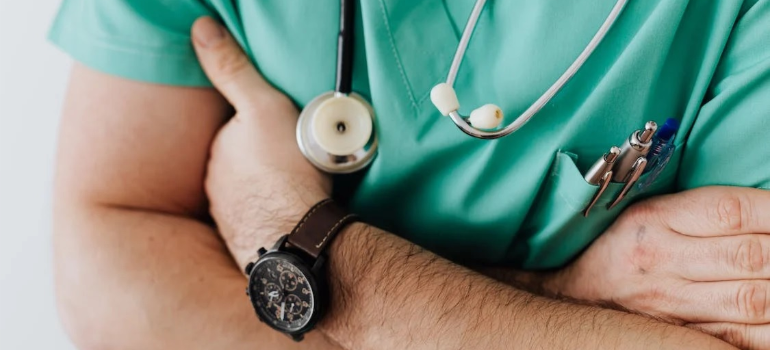
Find The Best Pennsylvania Opioid Treatment Programs At Little Creek Recovery
At Little Creek, we treat the mind, body, and soul. That’s why our treatment programs are so successful. Little Creek Recovery offers customized treatment plans to young men between the ages of 18 and 30 who are on the path to recovery. To learn more about our opioid addiction treatment plans, contact us today!
